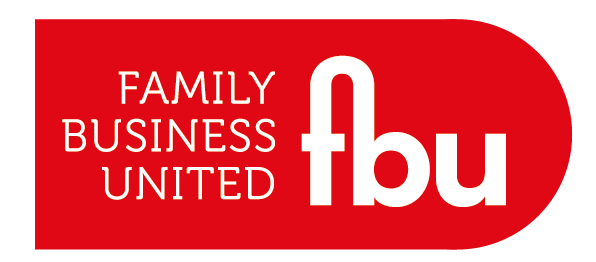Peter Drucker is said to have declared:
You can have a meeting about whether to meet, and then have another meeting about the first meeting, but if by the third meeting you haven’t done anything… you’re fired.
In this article I will explore three key areas to investigate waste in meetings:
1. Whether a meeting is needed and/or serving a useful purpose.
2. Whether everyone present is needed.
3. Whether meetings are being effectively managed.
Is the meeting needed and/or serving a useful purpose?
Let’s start by outlining the factors that determine whether a meeting has a good purpose. Habit often dictates what we do, so it should come as no surprise that this is the case with meetings: it’s easy to hold meetings just because you always have them. A good tip is to reflect on whether the meeting has a clear purpose and is still needed. You can tell that a meeting is worth keeping if it is taking place:
• To address something that is for the core mission of the business;
• To bring a group back into alignment after period working apart;
• For problem solving;
• To foster a sense of belonging and teamwork (this is especially pertinent in the current climate with remote working becoming more prevalent).

Keep in mind that there are wider contributions that a business makes – it is not always about sales and serving customers. If it’s not part of the core mission it must nevertheless be important within the wider objectives of the business.
Another way to consider the relevance of a meeting is to rank it against other priorities, keeping in mind that you can’t do everything you’d like to if you had the time. The Pareto Principle is a great structure to use to consider this: otherwise known as the 80/20 rule. Using this principle as a general rule, you should get 80% of the value from 20% of your meetings. Drop as many of the rest as you can.
Is everyone present in the meeting needed? How we decide on that?
So, you’ve found that a meeting is useful and you’re going to keep holding it. What is the next inefficiency to consider? Usually, it’s that they’re overfilled. All sorts of people can be included in meetings for odd reasons, so check who really needs to be there by asking the question, is this a good use of their time?
We can also use the RACI tool to determine whether someone should be included. Are they responsible for the task at hand? Are they accountable for its completion? If so, it’s likely they should be involved. If they need to be consulted when it comes to this topic, then they may be needed, but consultation could happen more efficiently outside the meeting. However, if they only need to be informed, the meeting notes, or post meeting communications should suffice.
Is the meeting well-managed?
As leader of a meeting, you want to be asking yourself, does the meeting stay on track? Are we addressing the purpose of the meeting?
You can also consider the attention of attending team members: are they showing up in a good way? Are they getting something meaningful from the meeting? A good tip here is to give people a two-minute mindfulness exercise before you begin discussing anything. This will allow them to let go of their previous work, any distractions, and bring the group into attentional focus (and it’s a great, gentle way to get attention). It also helps people to release any emotions they might be carrying through them from before the start of the meeting. It might seem a small thing to do, but it is often enough to remove distractions and random contributions from participants.
An effective yet simple way to lead a meeting is to state its purpose from the start. You can use the Pareto analysis in this context too. If you keep 80/20 in mind with regards to the agenda; that you will get 80% of the impact from 20% of the items, then you can be mindful of putting those 20% items first.
Boundaries around a meeting can help people to show up in the right way. Try shortening the length of meetings and keep ruthlessly to the allocated time. Maintain a rule that if you’ve missed stuff, you’ve missed stuff. Don’t let people turn up without doing what they said they’d do – hold people accountable for their contributions. This leads into why keeping purpose in mind is key, as well as good boundaries. If people know there are certain expectations they are more likely to turn up prepared and stick to the task at hand.
In conclusion, redefining meetings can cause dissonance. People can feel a sense of discomfort when someone wants to change their routines. But if we can get people on board with our new way of holding meetings, everyone wins.
Returning to Peter Drucker, he also said:
Meetings are a symptom of bad organisation. The fewer the meetings the better.
I hope that through this article, I have emphasised the benefits of tightening up your processes and your thinking around meetings. In the long run, it is better to move past any change discomfort to improve the focus for everyone. The time you will save on this path to efficiency is worth some growing pains.
If I haven't addressed your specific problem, don't hesitate to get in touch and I can give you some pointers.




